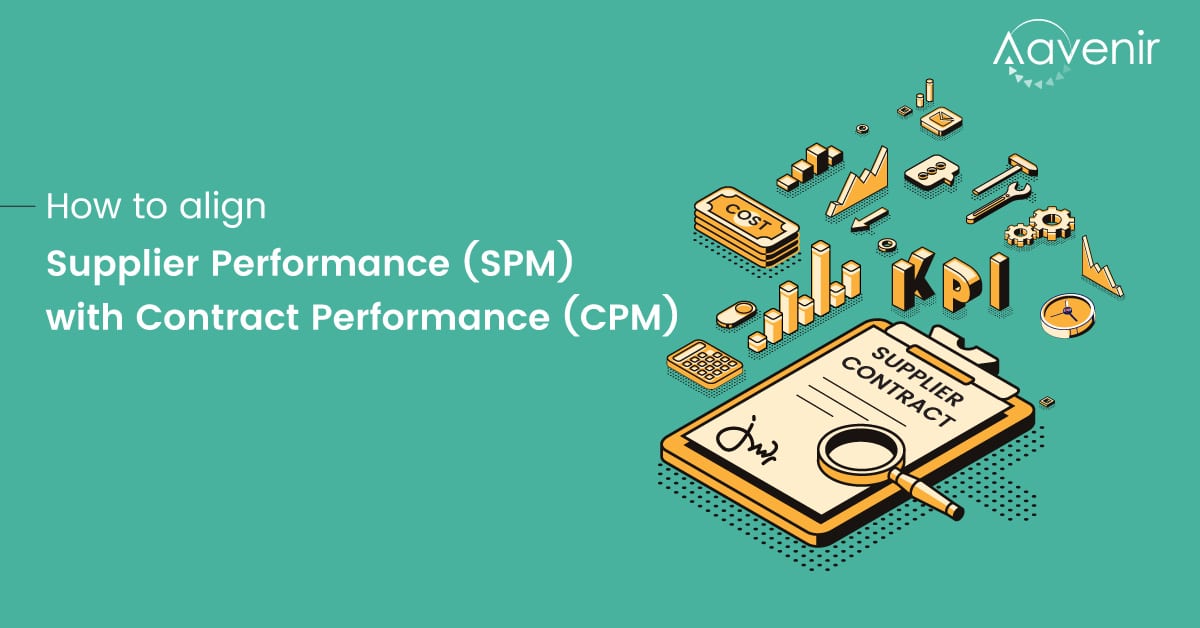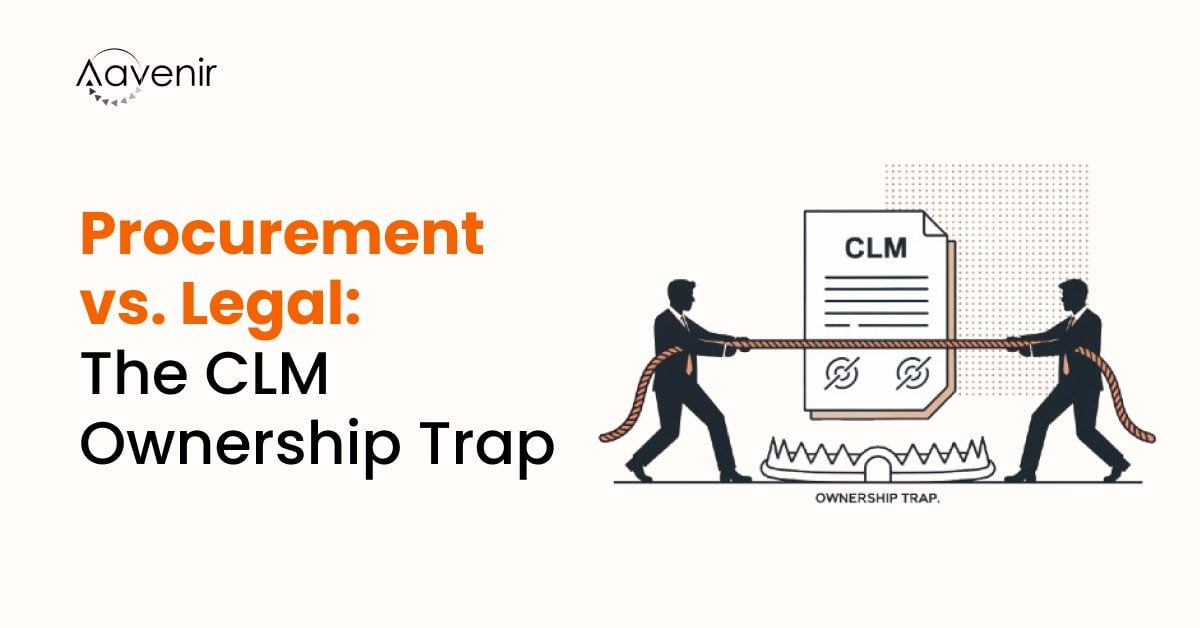Supplier Performance Management:
More Than a Scorecard, It’s a Strategy!
“Procurement goes straight to the bottom line.” “Keep sourcing costs low“; “Keep the suppliers happy“. Top-performing procurement organizations talk about these phrases every day and they measure the Supplier Performance in terms of quality, cost, time, and compliance in all source-to-pay activities – essentially asking a question “Is our Supplier Performing Well?”
However, measuring supplier performance in isolation forces you to wait until a problem arises. The pertinent question to ask is “Is our Supplier performing to the terms that we agreed in the contract?”
In other words, are you getting the terms that you have agreed on as part of the contract? Is the supplier adhering to the agreed SLA’s? Is the supplier meets all the milestones that were mentioned in the contract?
“So how supplier performance management should be?”
I have been in Contract Lifecycle Management (CLM) space for more than 15 years. We have always talked about contract authoring, collaboration, and execution as ‘Contract Lifecycle Management’. While this ‘pre-signature’ phase is important for any contract, the real test of all the contract terms will be when you start transacting with your suppliers based on these contract terms. You worked hard to negotiate those contract terms. Isn’t it time to start tracking them more effectively?
In general, we call these objectives Supplier KPI’s; in other words, we measure the supplier’s performance using a set of KPI’s. However, in order for you to measure the supplier’s performance, you must know what was agreed between you and the supplier. And that data should be part of the contract terms and clauses. Thereafter, it is important to measure the contract performance with its own set of KPIs. Here, we are NOT talking about the KPI’s of the contract itself, but we are talking about the KPIs of the terms that were agreed with the supplier.
For example, you agreed to 99.99% uptime from your cloud vendor for mission-critical applications on one contract and agreed to 99.00% uptime in a not-so-critical application in another contract – from the same cloud vendor. Now, since your SLAs are different on both the contracts for cost savings, you would need to track the SLAs for each of the contracts – and not at the supplier level.
What are the contract KPI’s?
Largely, these KPI’s can be categorized into 4 different buckets:
1. Financial KPI’s
2. Quality KPI’s
3. Milestone KPI’s
4. Compliance KPI’s
The above metrics will be covered, in detail, in the next blog.
The conversation has to change from
Supplier Performance to Contract Performance.
Once you have collected contract level KPI’s, the next step would be to aggregate this contract performance data at the supplier level to see the complete view of the Supplier KPI’s. So, Supplier Performance Management (SPM) has to become an aggregation of Contract Performance Management (CPM). The conversation has to change from Supplier Performance to Contract Performance.
How can the digital transformation of contract management function help?
A new breed of Contract Lifecycle Management (CLM) solutions like Aavenir Contract Lifecycle Management Software enables the procurement team to prepare and enforce supplier contracts using effective Contract-level KPIs.
Smart Contract Authoring:
Aavenir CLM’s Machine Learning (ML) engine can learn supplier KPIs from the past golden contracts and provide cognitive suggestions to draft competitive contract terms and clauses.
Contract Workflow Automation:
The powerful workflow between suppliers and legal can help ensure the right set of KPIs that reflect bottom-line gains at the same time keeps suppliers happy.
Automated Alerts:
Built-on ServiceNow, the world’s most advanced workflow platform, Aavenir CLM can also enable automated alerts based on milestones or performance-based benchmarks.
To summarize, it is high time that procurement departments should manage the supplier KPI-centric contracts.



